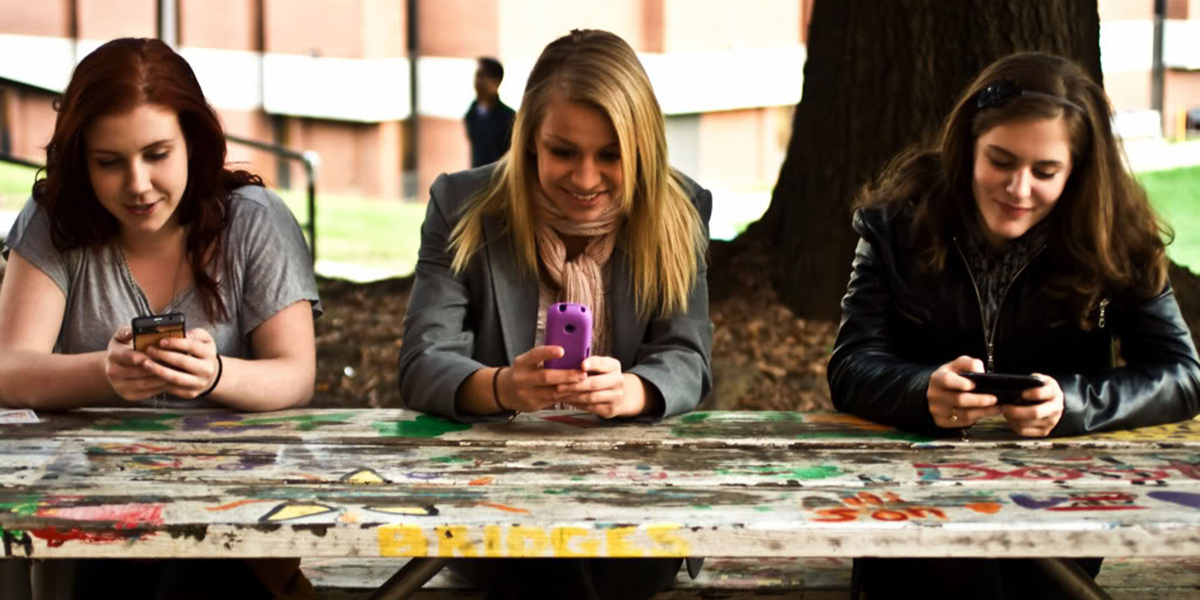Baylor study brings national attention to potential for cell phone addiction

No matter where you go, you’re likely to find someone engrossed in his or her cellphone while going about the day’s business (and quite a few of us are guilty of that ourselves). The omnipresence of the cellphone is particularly acute among college students, no doubt prompting a few parents to exclaim to their children, “It’s like you’re addicted to that thing.”
If you’ve ever said or thought that, you could be on to something. A recent Baylor study examining cell phone usage among college students revealed a real potential for cellphone addiction. The study, which has been covered in media outlets ranging from USA Today to Women’s Health magazine, found that female college students spend an average of 10 hours a day using their cellphone, while male college students aren’t far behind at eight hours a day.
The survey examined 24 activities that people often utilize on their phone, like social media, email and other apps, and found that the more these options increase, the more likely addictions to the technology could form. Sixty percent of the college students surveyed admitted they could be addicted to their phone, and many admitted they become agitated when it’s not in sight.
Despite the ubiquity of cellphones, the impact of long-term usage of smartphones on all areas of our lives is not fully known. “The study was interesting because it fills a hole in the research so far,” says Dr. James Roberts, a marketing professor in Baylor’s Hankamer School of Business and the lead author on the study. “No one had looked at what were the specific things that make a cellphone addictive. So we did.”
“The Invisible Addiction: Cellphone Activities and Addiction Among Male and Female College Students” appeared in the Journal of Behavioral Addictions and is the first of its kind to examine the addictive properties of our mobile devices.
Sic ’em, Dr. Roberts!

